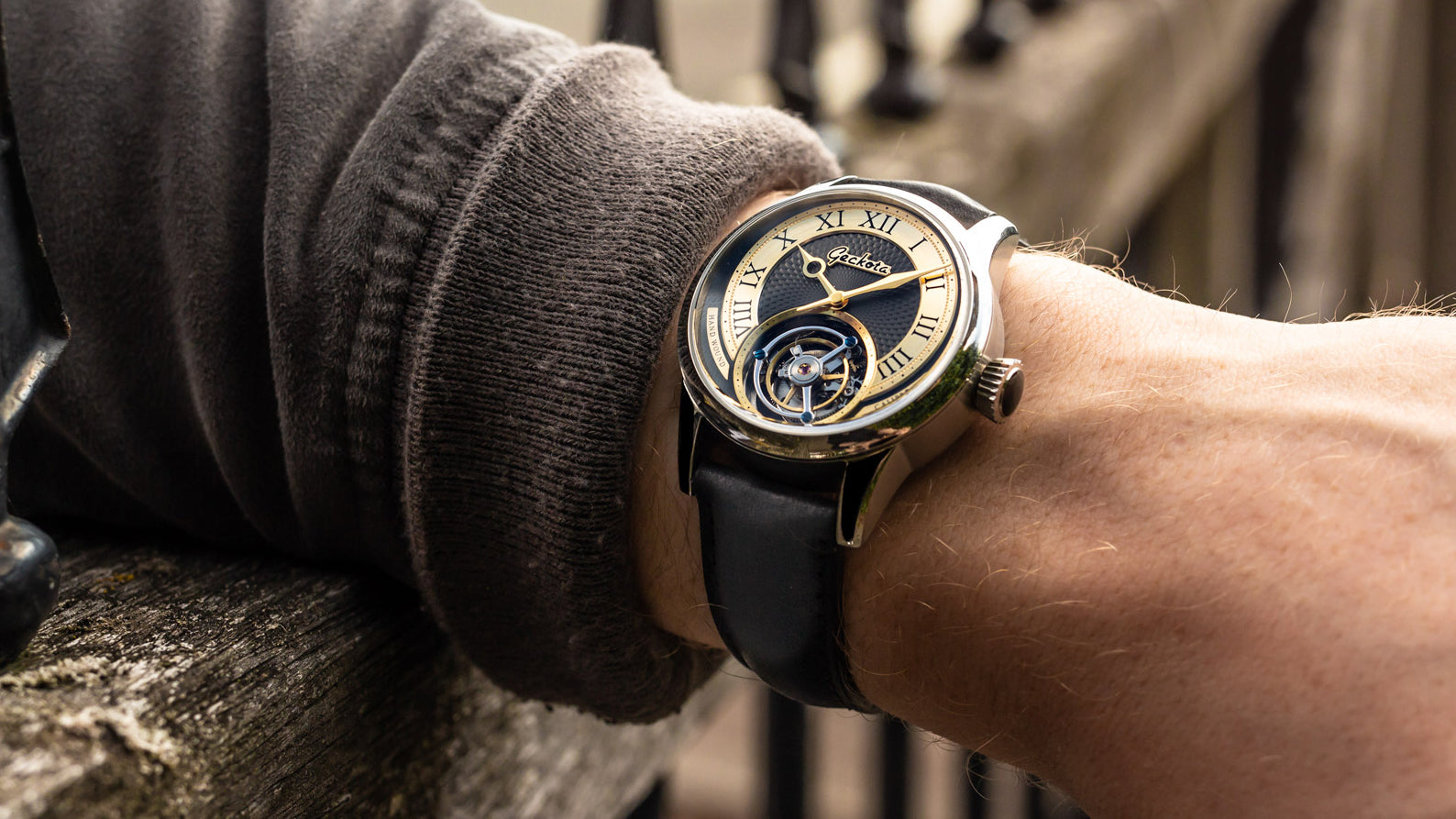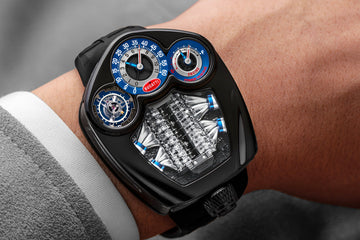One of the most fascinating parts of being a watch enthusiast is the deep dive into all the little details. We get to learn a special language for all the extra features a watch can have. While some of these features are pure mechanical art, others are made to be useful in our daily lives. This leads to a big question: when it comes to a watch you wear every day, does a practical feature or a mechanical marvel matter more? In the end, practicality often wins out, and that's why the simple calendar often dominates over the impressive tourbillon.
What Are Watch Complications?

In watchmaking, a complication is any function on a watch that goes beyond simply telling the time (hours, minutes, and seconds). These extra features are a blend of art, engineering, and utility. They are what make a watch special and show off the skill of the watchmaker.
Some common examples of complications include:
-
The simple date window
-
A day and date display
-
A chronograph (stopwatch)
-
The moonphase display
-
A perpetual calendar
-
And yes, even the tourbillon is considered a complication by many.
All of these features matter because they show the cleverness of the human mind and add an extra layer of interest to a watch.
The Practical Side of Watches
Practicality in a wristwatch means a feature that is truly useful and makes your life easier. When you are looking for a practical watch, you should think about a few key things:
-
Ease of Use: How simple is the feature to set and read?
-
Readability: Can you see the information at a quick glance?
-
Low Maintenance: Does the feature require a lot of winding or setting?
-
Real World Usefulness: Is the feature something you will actually use every day? For most people, things like a date reminder, a day of the week, or a second time zone are more useful than a decorative showpiece.
The best watches find a balance between being a luxury item and a tool for everyday life.
Calendar Complications

Calendar complications are a great example of a feature that is both beautifully made and incredibly useful. They come in a few different forms:
-
Simple Date Window: A small window that shows the current date.
-
Day and Date: This shows both the day of the week and the date.
-
Annual Calendar: This knows the number of days in each month and only needs to be corrected once a year, at the end of February.
-
Perpetual Calendar: This is the most complex. It automatically accounts for every month, including leap years, and will not need to be adjusted until the year 2100.
Calendars are so popular because they are so practical. People use the date every day for their jobs, for travel, and just to keep track of things. Because they are found in both affordable and luxury watches and require little to no maintenance, calendars have become an essential feature for many watch owners.
The Tourbillon

The tourbillon is one of the most famous and visually stunning parts of a watch. It is a rotating cage that holds the watch's most important regulating parts. It was invented over 200 years ago to counter the effects of gravity on a pocket watch that was always in one vertical position.
In a modern wristwatch, however, a tourbillon has almost no practical benefit. We move our wrists all the time, which already helps to even out the effects of gravity. Instead of being a useful tool, the tourbillon is now a symbol of watchmaking mastery. It is very difficult and expensive to make, and it can also be more fragile. For these reasons, the tourbillon is a luxury art piece rather than a practical tool.
Calendars vs. Tourbillons
When you compare a calendar to a tourbillon, the differences are very clear.
-
Practical Value: Calendars offer unmatched daily use. They are easy to read and set, and they provide valuable information. Tourbillons, on the other hand, offer almost no practical value.
-
Luxury Value: Tourbillons are high end status symbols. They show off craftsmanship and are great conversation pieces. Calendars are also found in luxury watches, but their main purpose is utility, not showmanship.
For most people, a watch is a tool they wear every day. This is why they choose a watch with a useful calendar over a tourbillon.
What to Consider When Choosing Complications
When you are choosing a watch with a complication, you should think about a few things:
-
Balance: Do you want a watch that is a piece of mechanical art or one that has a practical function? You can find a balance between the two.
-
Budget: Simple and annual calendars are found in a wide range of prices. Tourbillons, however, are almost always very expensive.
-
Your Lifestyle: If you are a professional, a traveler, or someone who needs to keep track of the date, a calendar is a perfect match for your daily life.
Conclusion
Calendars offer a level of utility that a tourbillon simply cannot match. While a tourbillon is a fascinating piece of watchmaking art and will always be a favorite of collectors, it is not a practical tool for daily use. Calendars give you real, useful information that helps you every single day. This is why, in the world of watches that people actually wear on their wrist, practicality truly defines what wins in real life.
Experience a New Kind of Craftsmanship
The Argos Olympus puts the power of watchmaking in your hands. With a clear power reserve indicator, you can always see if your watch is in its most accurate range, so you never have to guess. Discover a watch that combines smart engineering with timeless style.
Discover the Argos Olympus and experience the perfect combination of style and substance.

